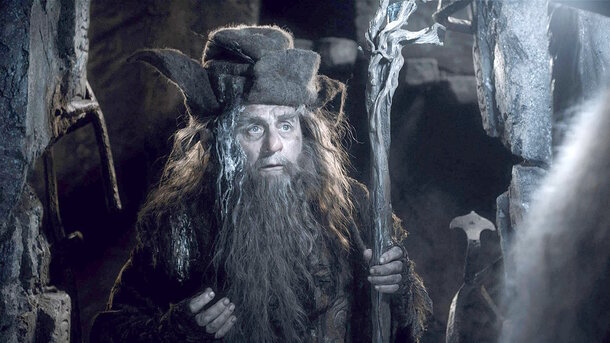If someone in Middle-earth had started a blog about the lives of wizards, Radagast the Brown would’ve been its most mysterious contributor. Occasional posts about birds, sudden disappearances, and a complete lack of selfies from epic battles — that’s his style. After the War of the Ring, the fate of this eccentric Istari is covered in moss, bird nests, and dozens of fan theories. Tolkien, as a true master of ambiguity, didn’t elaborate on the ending of the 'animal-lover in a crumpled robe', but he left a few hints. And they’re far more interesting than one might expect from The Hobbit and The Lord of the Rings.
Missing in Action, But Not Without Birds
Radagast is the only wizard whose whereabouts after Sauron’s defeat remain a mystery. The last time he was 'officially' seen was when, at Saruman’s request (who was already plotting betrayal), he summoned Gandalf for tea and biscuits in Isengard. The tea didn’t go as planned — it turned into a balcony conversation with a view of imprisonment.
Fortunately, it was Radagast who warned Gandalf about the Nazgûl and later likely sent the eagle Gwaihir to rescue his colleague from Orthanc. And then… silence. Scouts from Rivendell searched for him in Rhosgobel, in the Misty Mountains, but found only an empty house and, perhaps, a couple of ruffled squirrels. No notes, no magical signals — as if he had vanished into the greenery.

A Failed Mission or a Conscious Choice?
In Unfinished Tales, Tolkien states clearly: of all the Istari, only Gandalf remained true to his mission. Radagast "became enamored of the beasts and birds of Middle-earth, and forgot Elves and Men." He didn’t become a villain like Saruman, but neither did he become a hero. His failure wasn’t due to malice — it was simple absent-mindedness:
"Radagast did not become proud or seek power, but became neglectful and idle."
Essentially, he turned into that quirky uncle who feeds ravens in his backyard while the world falls apart. But there’s a catch: his love of nature may have indirectly helped Sauron. The Silmarillion mentions that Saruman used Radagast’s knowledge to create a network of spies — birds and beasts who served him. It turns out the Brown wizard was unknowingly supplying the enemy with intel.

Did He Return to Valinor?
The main question: if Radagast failed the Valar’s mission, was he allowed back into the Undying Lands? Tolkien doesn’t give a direct answer but hints at the possibility of 'forgiveness'.
- He wasn’t a traitor. Unlike Saruman, Radagast didn’t join the dark side — he just 'checked out'.
- Gandalf vouched for him. The White (formerly Grey) wizard knew Radagast wasn’t evil, just 'not of this world'.
- Mercy of the Valar. Tolkien’s Catholic worldview included the idea of redemption. If even Gollum was given a chance, why not the 'bird wizard'?
Most likely, Radagast either quietly returned to Valinor (where he’s probably tending Yavanna’s gardens now) or remained in Middle-earth — in some forgotten forest where the Ents still pass down stories of "the strange man in a dirty cloak."

The Best Ending for Someone Who Never Wanted to Be a Hero
Radagast is the anti-Saruman. He didn’t betray anyone, didn’t lust for power — he simply went into an ornithology-induced retreat. His fate isn’t a tragedy, but an alternative: if you can’t save the world, at least save the hedgehogs. And who’s to say that’s not a worthy ending?
After all, even in Tolkien’s legendarium, there should be room for those who choose the magic of simple things — the rustling of leaves, the chirping of birds, and freedom from great deeds.










